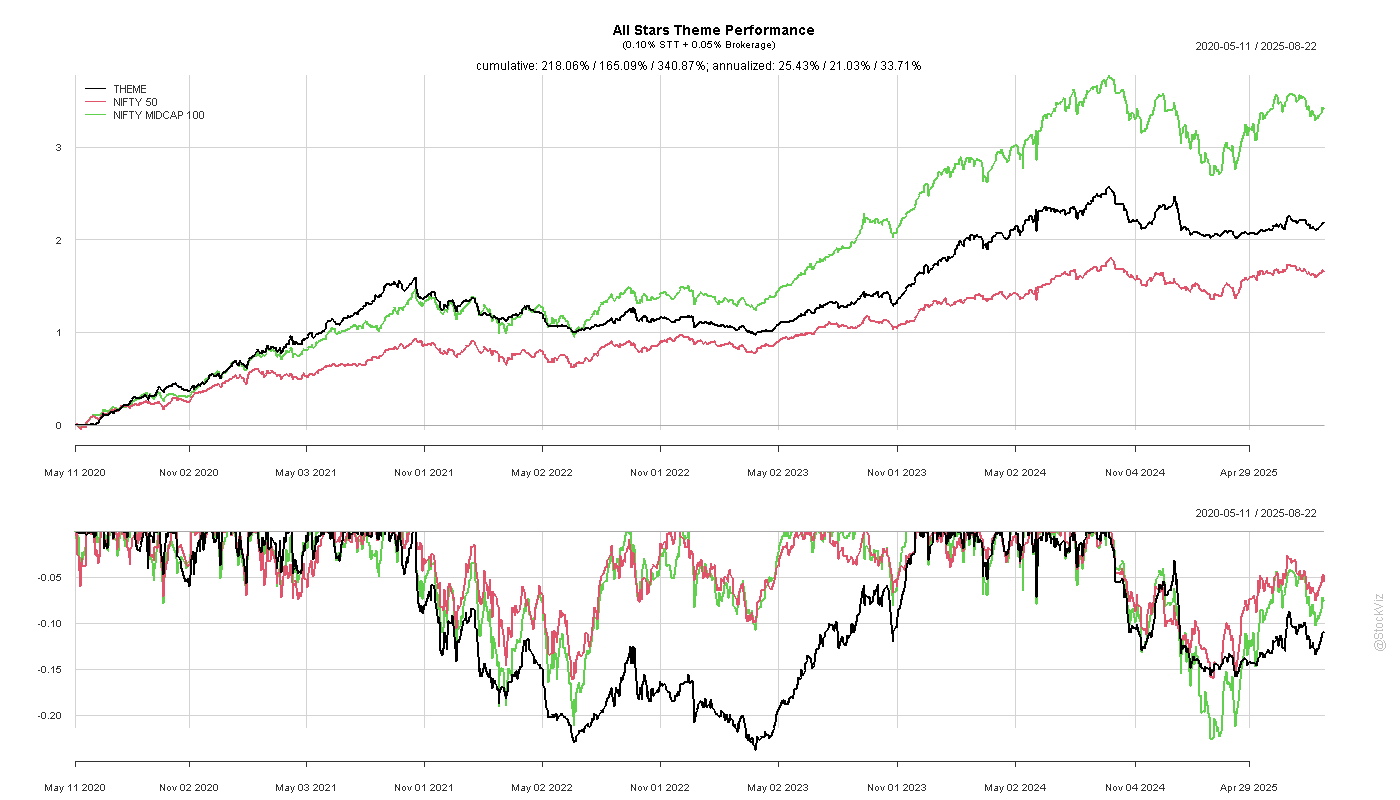Is Bitcoin Volatility seasonal? Yes.
There are calm months and there are frantic ones…

When you decompose the series, you can see the ebb and flow of monthly seasonality.

The pattern largely holds post-COVID as well — even after Bitcoin began its journey as an institutionally accepted asset.

Zooming in on the seasonal component alone, you can see how it troughs around October-November.

And this has tracked post-COVID as well.

The seasonal component has been negative during the months of July through December indicating that the volatility experienced during that time was idiosyncratic.
Code and charts on github.
Related: INDIA VIX Seasonality











